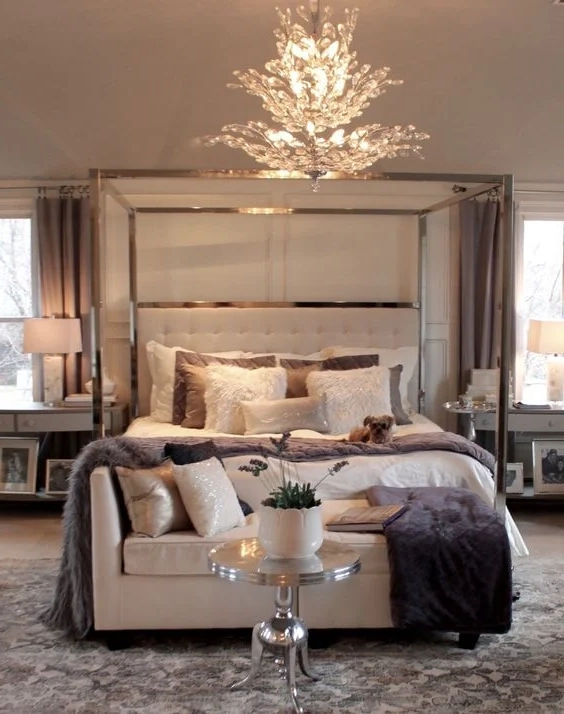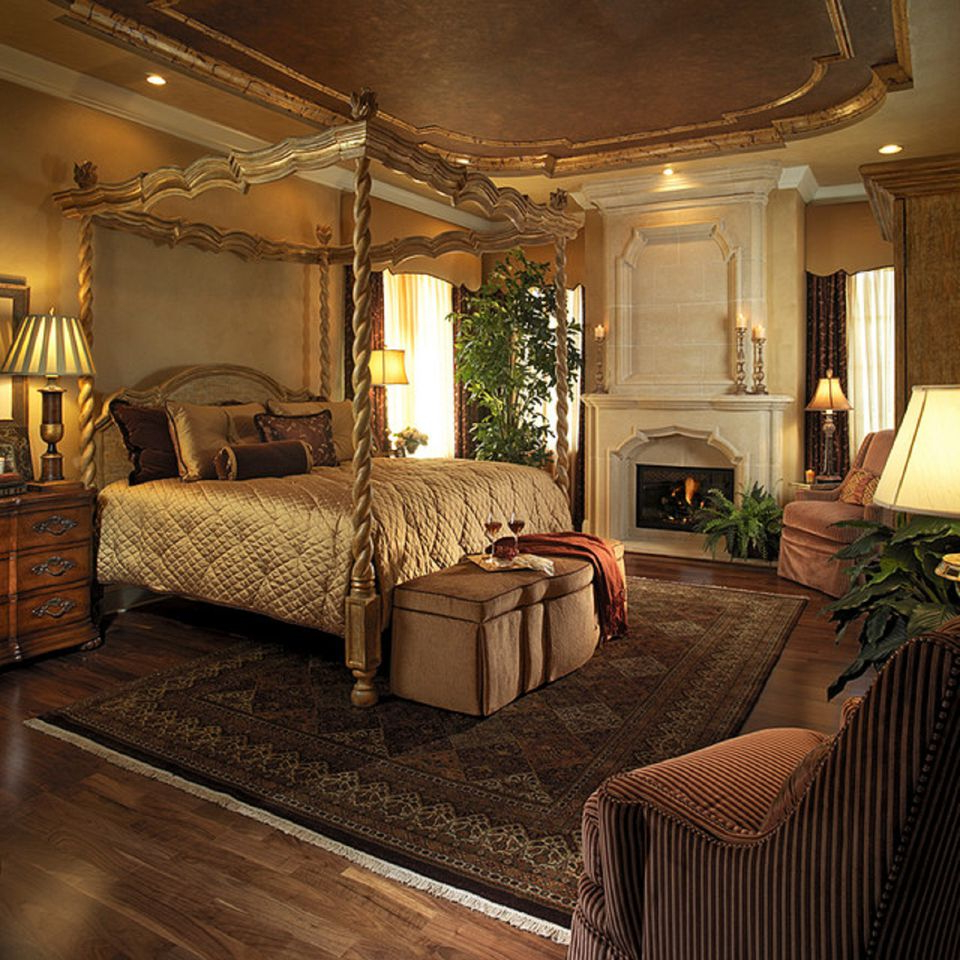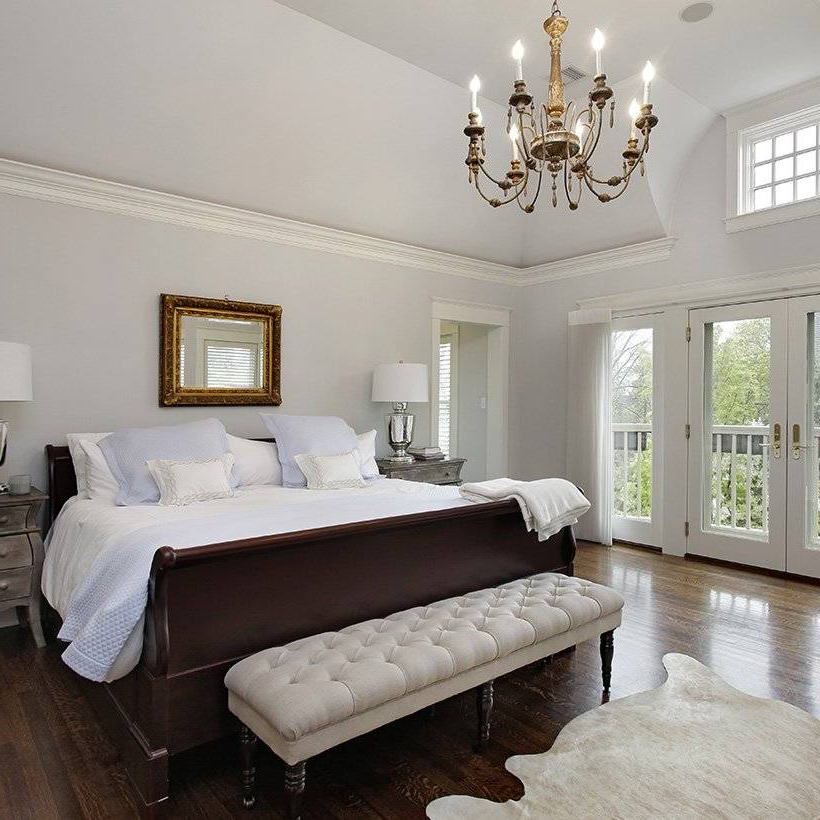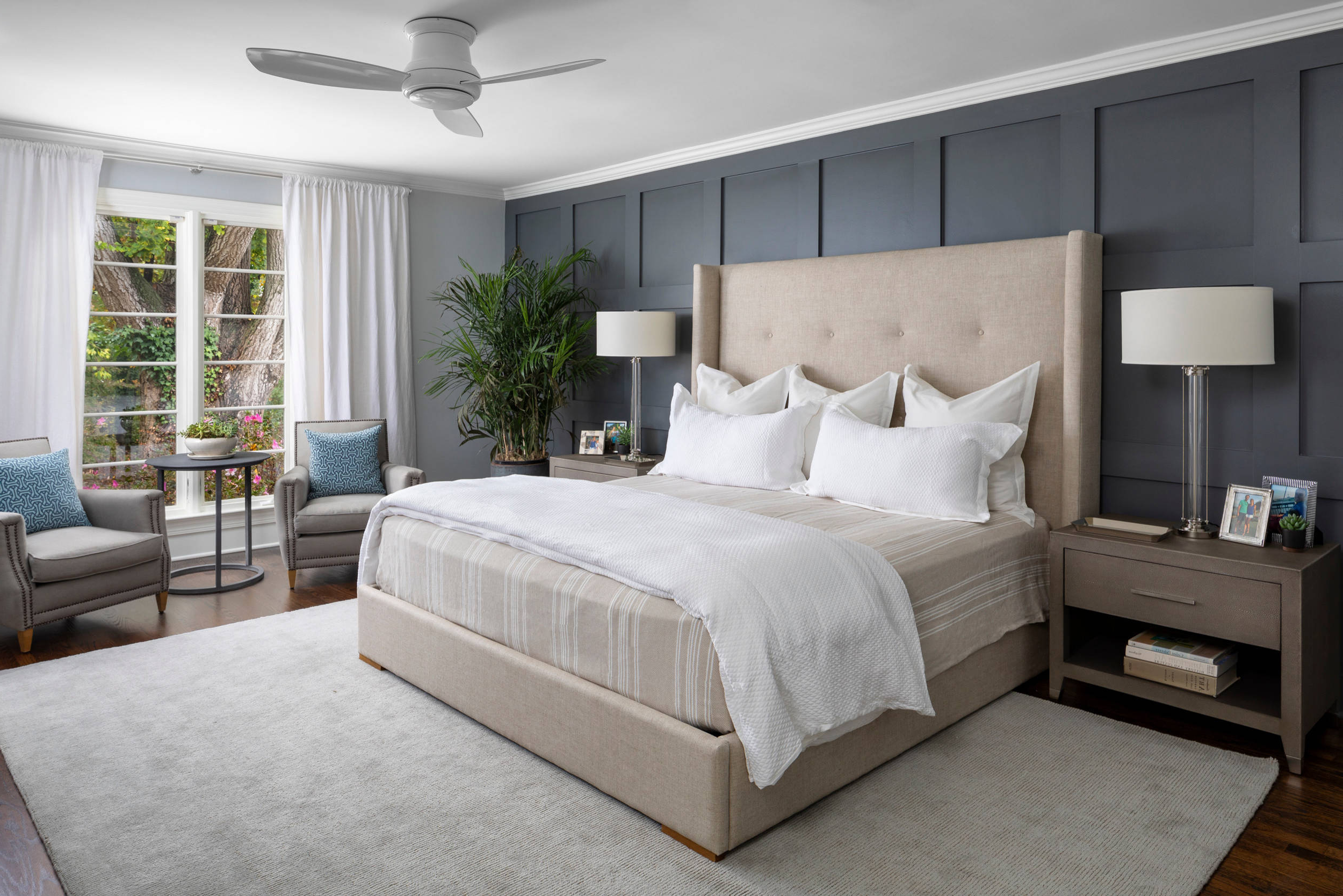Every night, you deserve more than just a place to sleep. Your bedroom should be your haven, a space that reflects who you are and makes you feel truly at home. But how do you go from a basic sleeping room to a creative masterpiece? It’s not about expensive furniture or trendy designs. It’s about understanding what makes a space feel like yours, and how to bring that feeling to life.
Let’s face it – your bedroom is more than just four walls and a bed. It’s where you recharge, reflect, and sometimes even dream. Yet many people approach bedroom design like they’re decorating a coffee shop, focusing on what looks good rather than what feels right. The truth is, transforming your private space isn’t about following the latest trends or spending thousands on designer pieces. It’s about creating a room that works for your lifestyle, your personality, and your well-being. Think about it – when you walk into a space that feels authentically you, don’t you feel more relaxed? Don’t you breathe easier? That’s the magic of intentional design. This guide will show you how to take those basic ideas and turn them into something that genuinely transforms your daily experience.
Understanding Your Bedroom’s Personality
Before diving into any design decisions, ask yourself: What kind of atmosphere do I want to create? Is your bedroom more of a peaceful retreat, or does it need to be energizing? Do you prefer calm earth tones, or do you thrive in bold colors? Your bedroom’s personality should match your mood and energy needs. For instance, if you’re someone who works from home, you might want a space that balances productivity with relaxation. Consider how you use the room throughout the day. Do you read in the morning? Do you unwind with music at night? Understanding these patterns helps you decide which elements matter most. A master bedroom isn’t just about sleeping – it’s about creating a whole experience. Take time to observe what makes your current space feel either inviting or uninspiring. Notice how light hits different areas during various times of day. Pay attention to how you move through the space. These observations become your foundation for transformation.
Lighting That Sets the Mood
Lighting is often overlooked but has the biggest impact on how a room feels. Natural light during the day can make everything seem brighter and more cheerful, while soft artificial lighting in the evening creates a calming environment. Start by maximizing what you already have – open curtains, remove heavy drapes, and consider adding mirrors to reflect light. Layer your lighting: ambient lighting for general illumination, task lighting for reading or working, and accent lighting for ambiance. Try dimmer switches instead of simple on/off switches. They give you control over the entire room’s mood. You might find yourself drawn to warm white bulbs for bedtime, or bright daylight bulbs for morning routines. Consider placing a small table lamp next to your reading chair, and maybe a string of fairy lights on your nightstand. These small touches create layers of comfort that make the space feel lived-in and personal.
Color Psychology and Its Impact
Colors don’t just look pretty – they affect your mood, energy levels, and even sleep quality. Cool blues and greens tend to promote calmness and relaxation, making them ideal for bedrooms. Warm oranges and yellows can energize a space but might interfere with sleep if used too heavily. Neutral tones like beige, gray, and white create a sense of spaciousness and tranquility. But don’t be afraid to add pops of color! A vibrant throw pillow, artwork, or accent wall can inject personality without overwhelming the space. Test paint samples on your bedroom wall before committing. Let them sit there for a few days under different lighting conditions. You might be surprised by how a color looks in morning light versus evening. Some people swear by deep purple or burgundy for their bedrooms because they feel luxurious and restful. Others love soft pastels for a dreamy effect. The key is finding what resonates with you personally, not what’s popular in design magazines.
Furniture That Works With Your Lifestyle
Your bedroom furniture should support your daily routine, not complicate it. If you’re someone who likes to keep things simple, choose clean lines and minimal storage solutions. If you collect books or have a large wardrobe, you’ll need more substantial pieces. Consider the flow of traffic in your room. Make sure there’s enough space to walk around comfortably, especially when getting ready in the morning. Sometimes less is more – a single statement piece, like a beautiful headboard or unique nightstand, can be more impactful than multiple smaller items. Don’t forget about functionality. Does your dresser have enough drawers for your clothes? Is your bed positioned to avoid foot traffic? Are there convenient spots for your phone, glasses, or water bottle? These practical details make a huge difference in how comfortable and organized your space feels. Sometimes a simple change, like moving your desk to one side of the room, can dramatically improve your daily routine.
Personal Touches That Tell Your Story
The most compelling bedrooms are those that tell a story. What experiences, memories, or interests define you? Display items that connect to your journey – perhaps travel souvenirs, family photos, or artwork you’ve collected over time. These aren’t just decorations; they’re reflections of who you are. Consider incorporating items that spark joy or curiosity. Maybe it’s a collection of vintage postcards, or a series of plants that remind you of your grandmother’s garden. The key is choosing pieces that feel authentic to your life. Sometimes it’s as simple as adding a favorite book to your nightstand or hanging a piece of art that makes you smile. You don’t need to fill every surface – a few carefully chosen items can be more powerful than a cluttered room full of things you don’t really care about. Think about what makes you feel most like yourself, and find ways to incorporate those elements into your space.
Storage Solutions That Keep Things Organized
Clutter is the enemy of peace. Even the most beautifully designed bedroom can feel chaotic if you’re constantly searching for things. The secret is in smart storage planning. Start by identifying what you actually use regularly versus what sits unused. Your bedroom storage should prioritize the items you interact with daily. Built-in storage solutions can be elegant and unobtrusive. If you have limited space, consider vertical storage options like tall bookshelves or wall-mounted organizers. For clothing, try using the inside of your closet door for additional hanging space. Drawer organizers can help keep small items like jewelry, socks, or makeup neat and easy to find. Don’t underestimate the power of a good linen closet or chest of drawers. These pieces don’t have to be fancy – they just need to work efficiently. A well-organized space reduces stress and makes your daily routine smoother. When everything has its place, you can focus on enjoying your room rather than hunting for things.
Transforming your bedroom isn’t about reinventing yourself or spending a fortune. It’s about creating a space that truly supports your life and makes you feel good. Whether you’re starting from scratch or looking to refresh your existing setup, remember that the best bedroom designs are those that reflect your authentic self. The key is to start small, think about your daily habits, and gradually build a space that feels like a true sanctuary. You don’t need to be a designer to create something beautiful. You just need to pay attention to what makes you happy and then build upon that foundation. Your bedroom deserves to be more than just a place to sleep. It should be a reflection of your personality, a space where you can recharge and feel completely at ease. The changes don’t have to be dramatic – sometimes a new pillow, a different lamp, or simply rearranging furniture can make all the difference. Trust your instincts, experiment with different ideas, and let your space evolve naturally over time. After all, the most important thing is that you feel comfortable and content in your own home.















